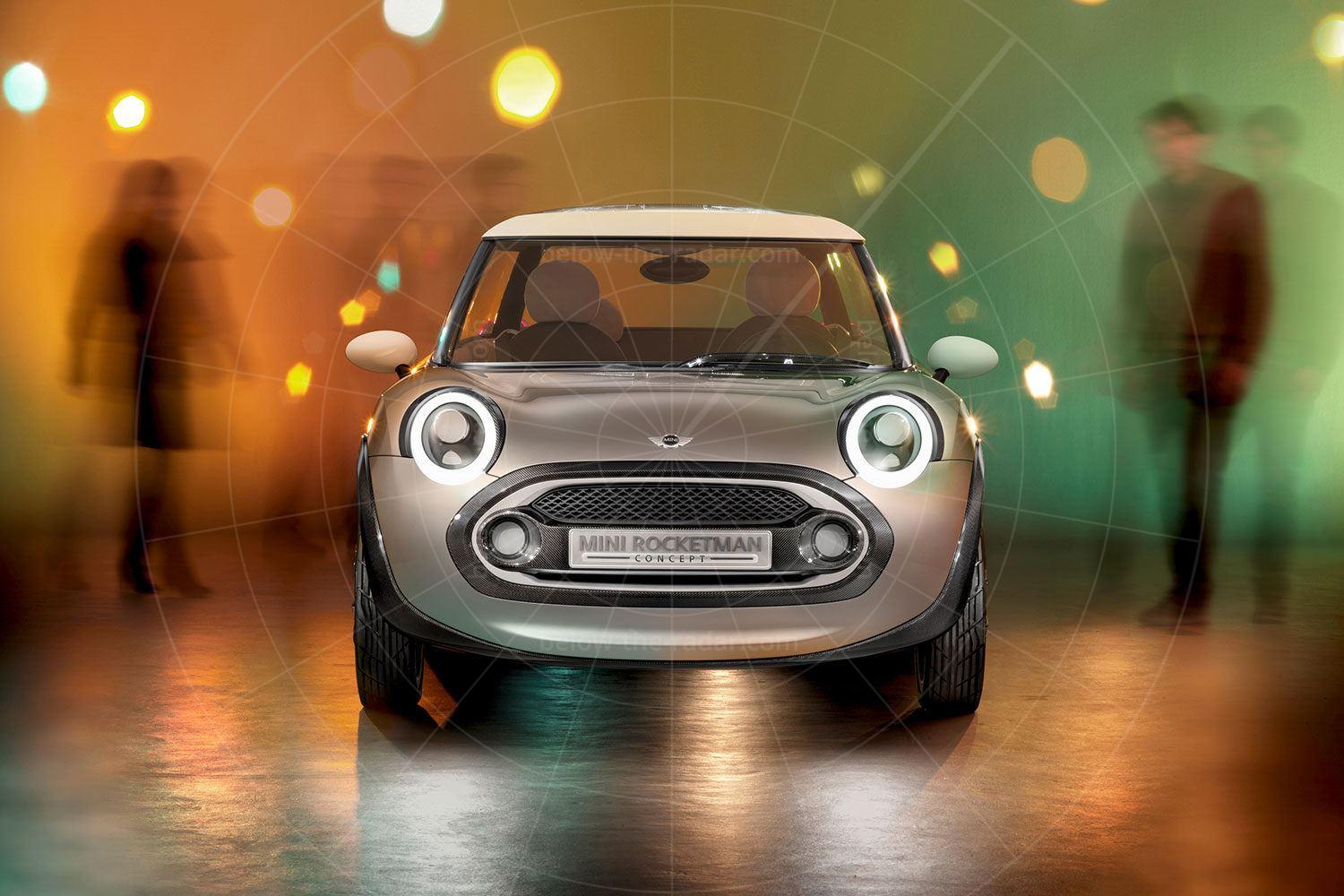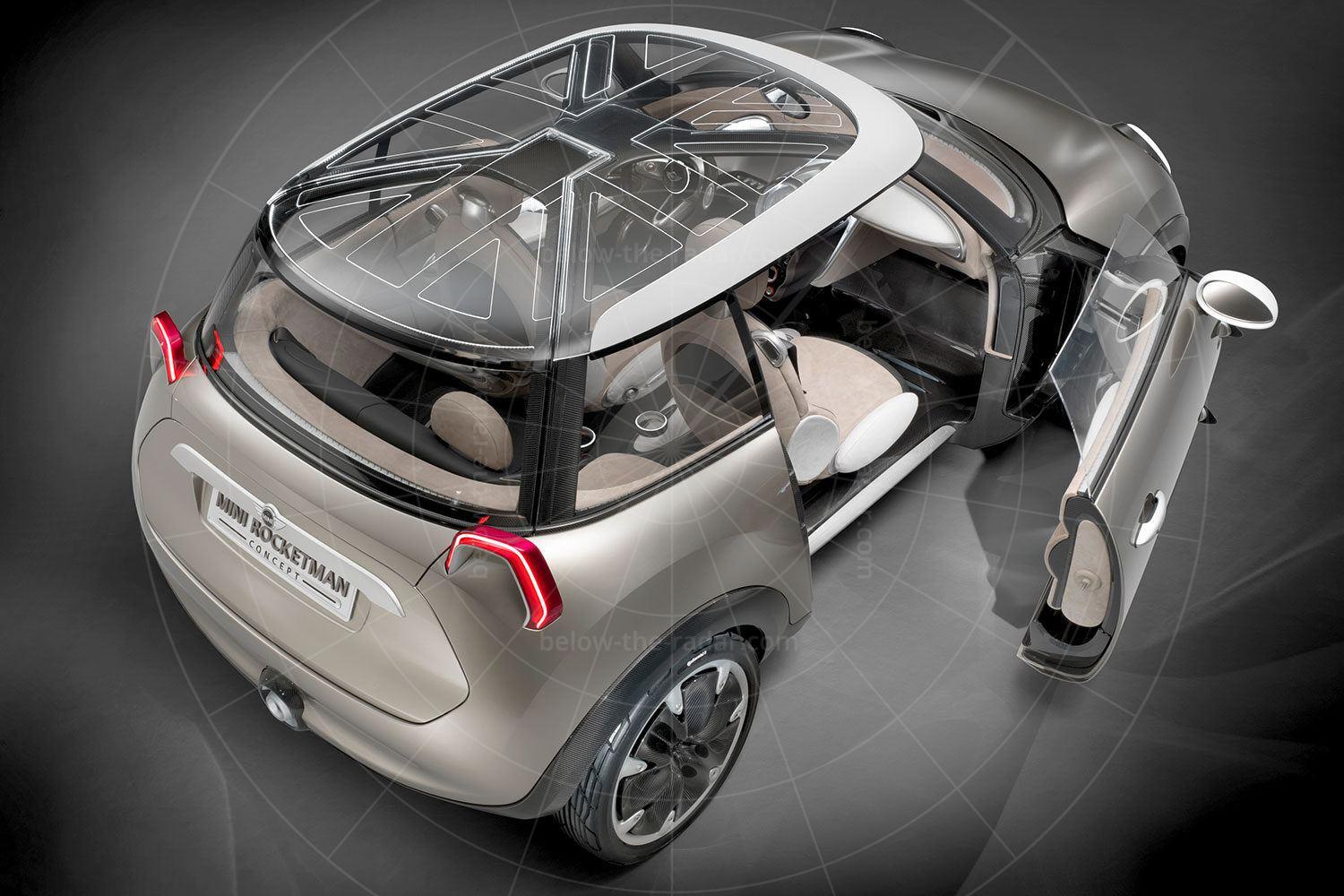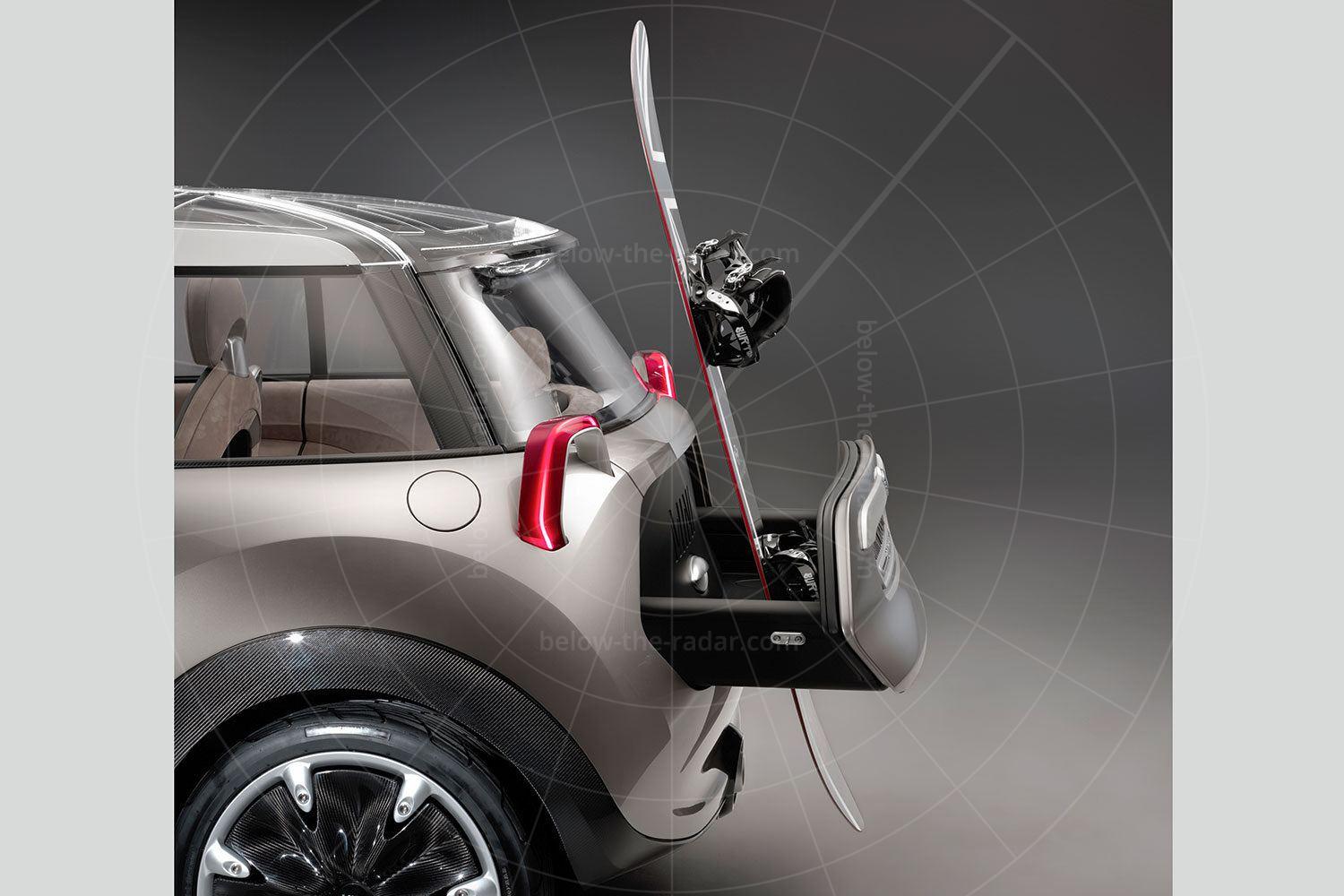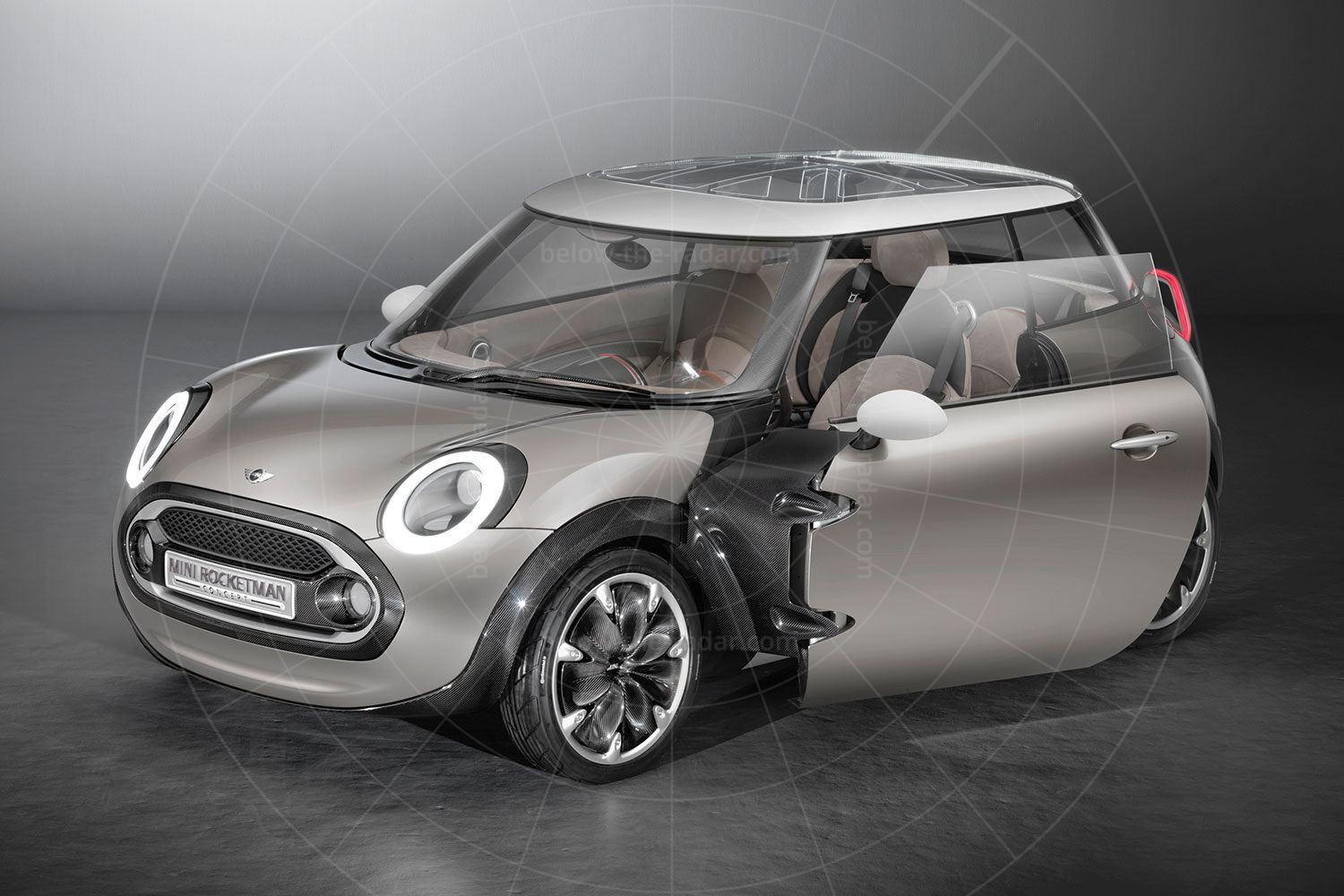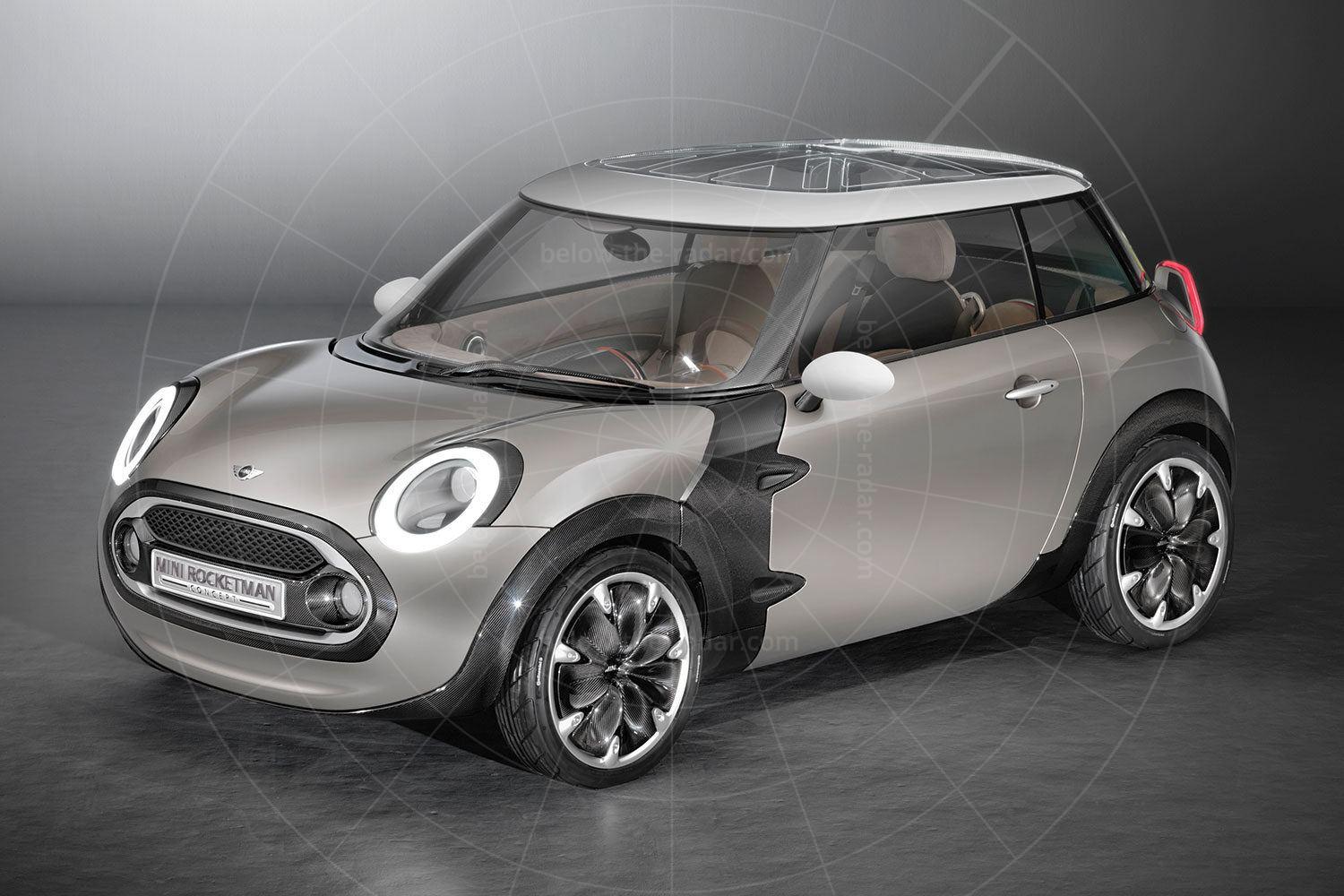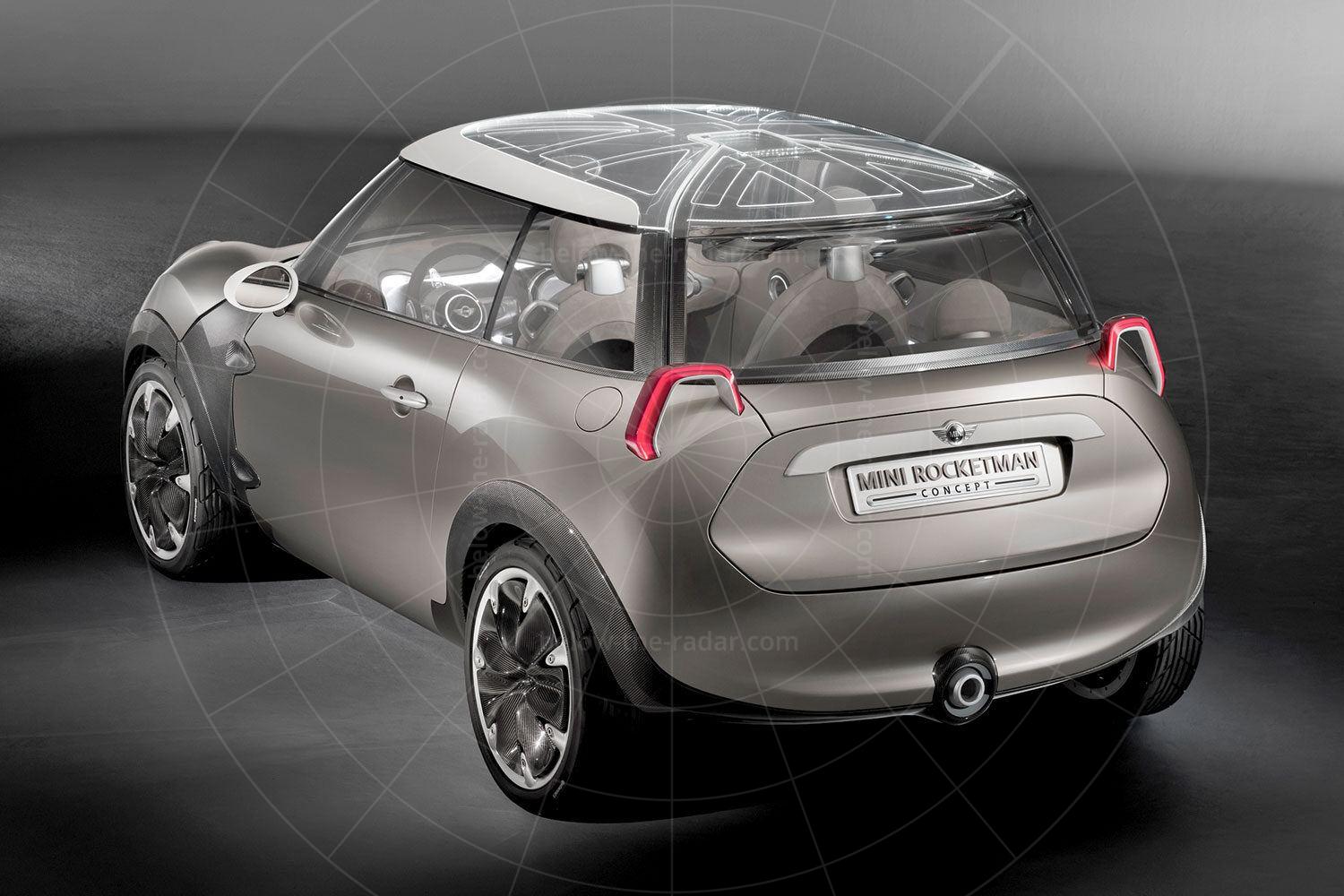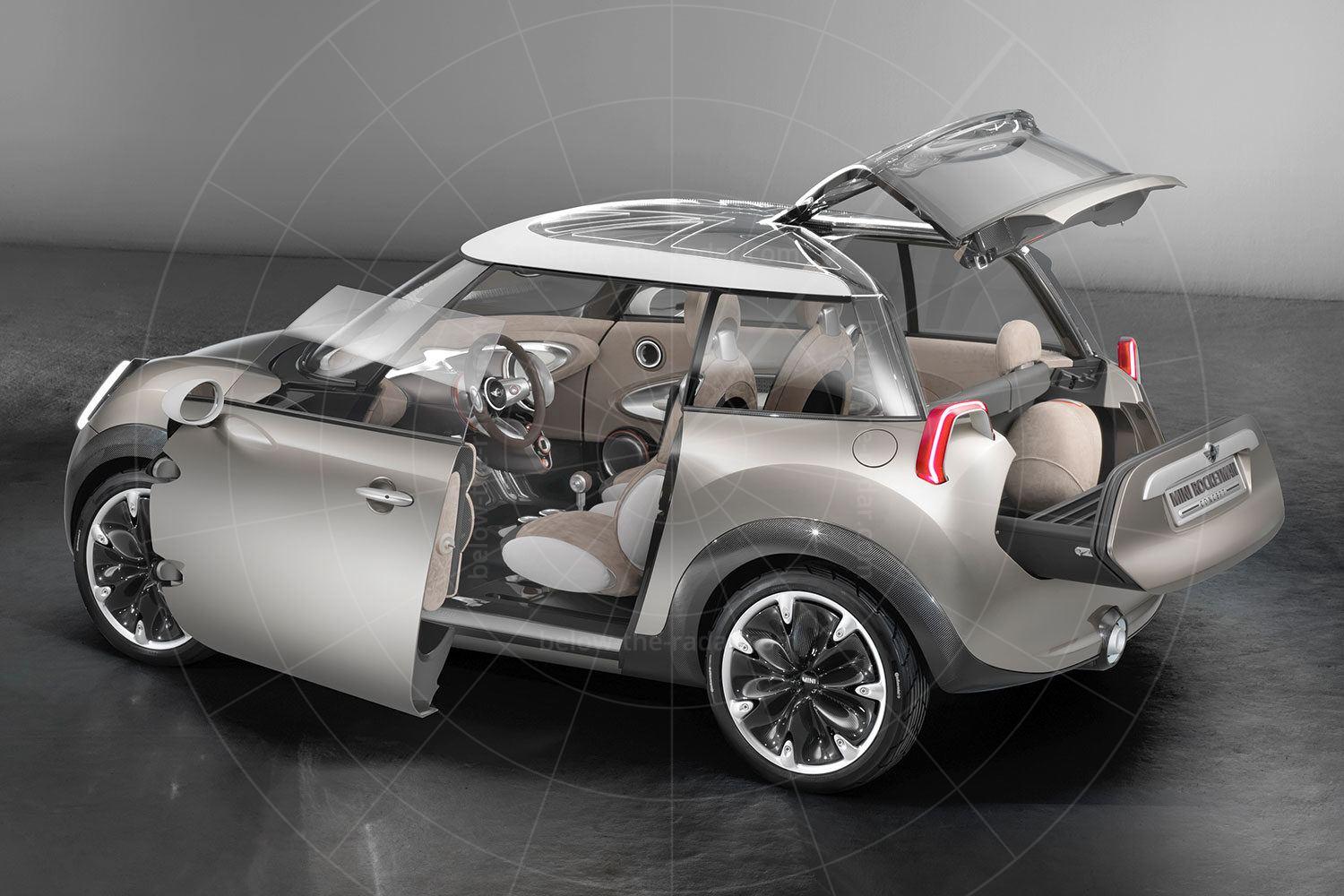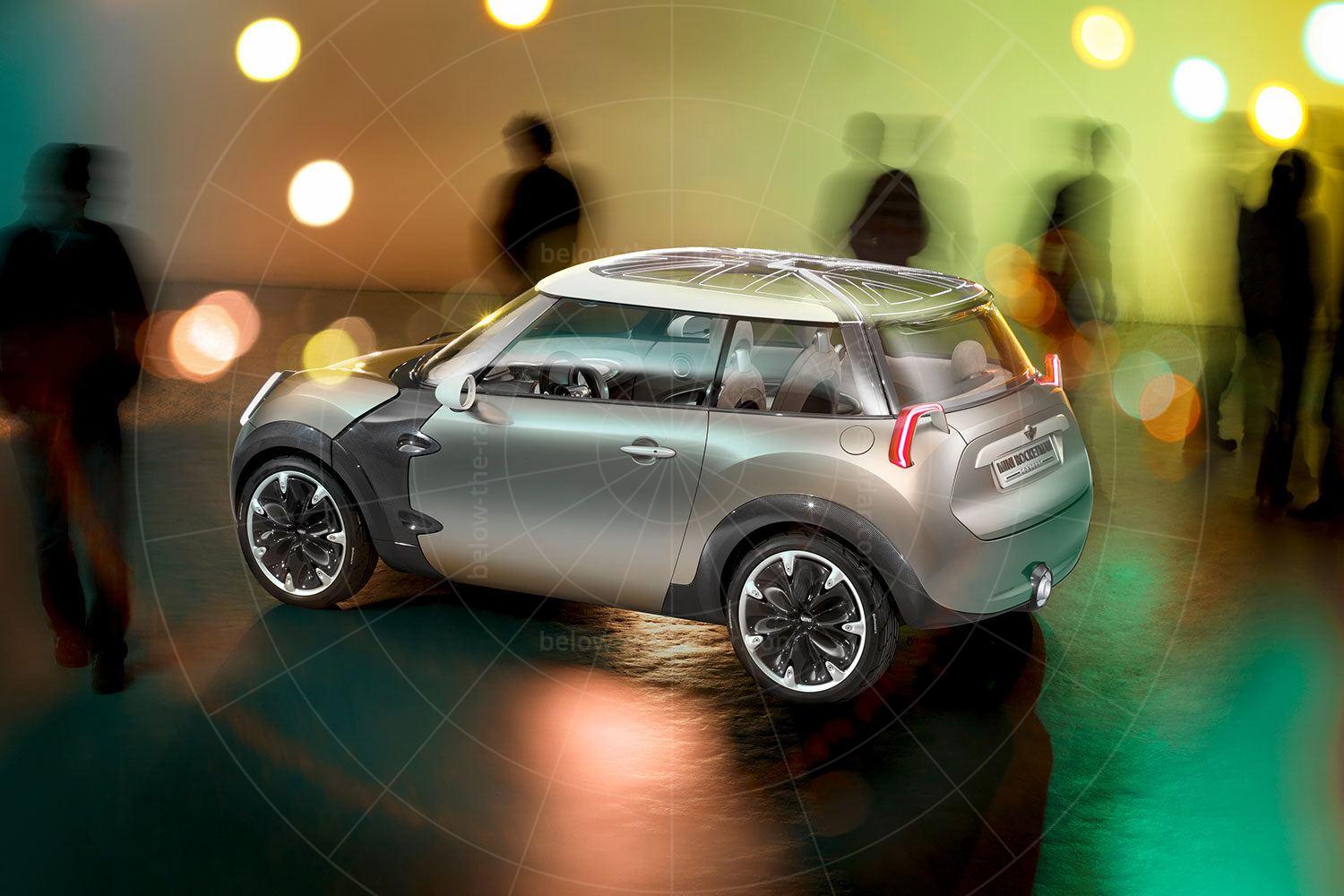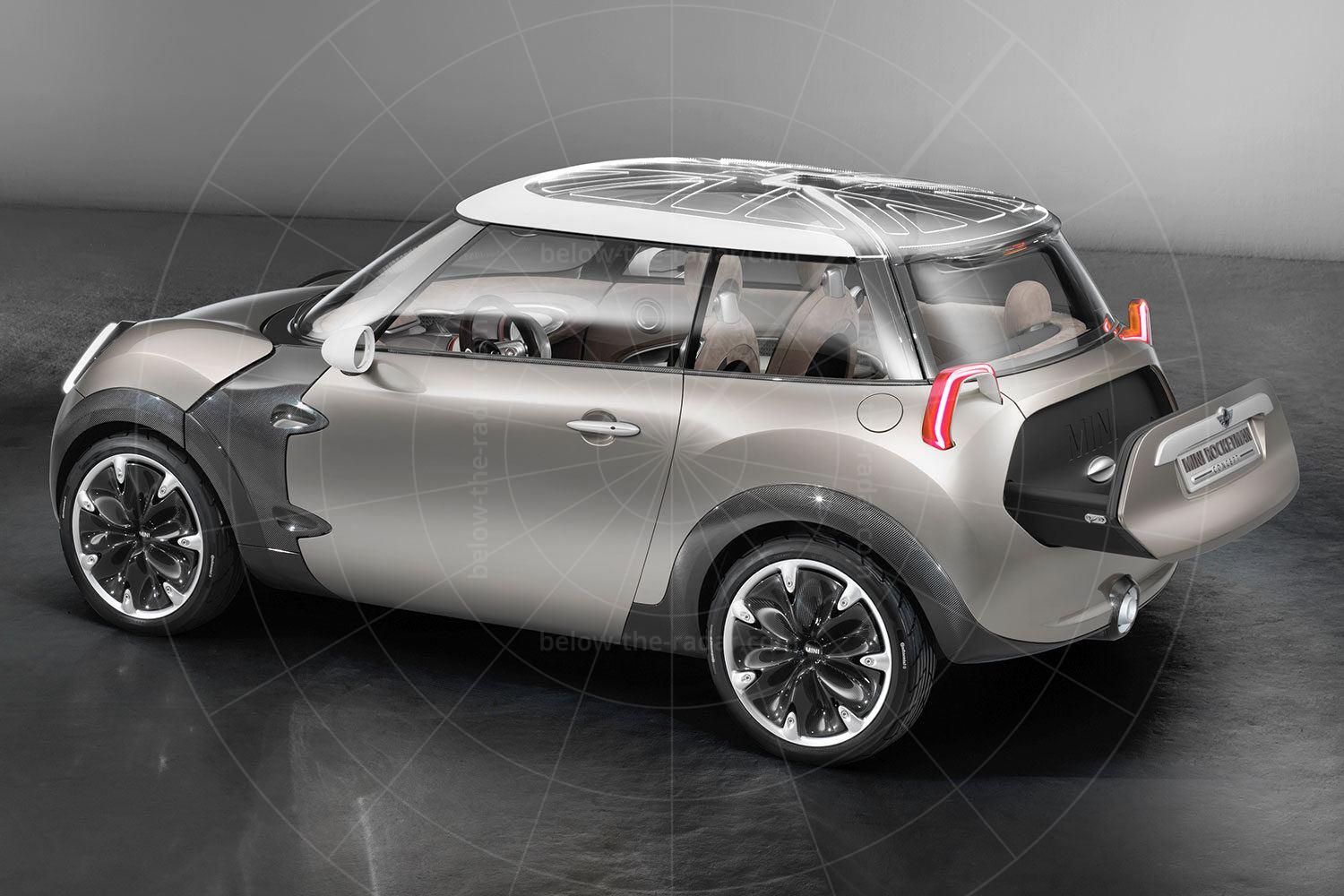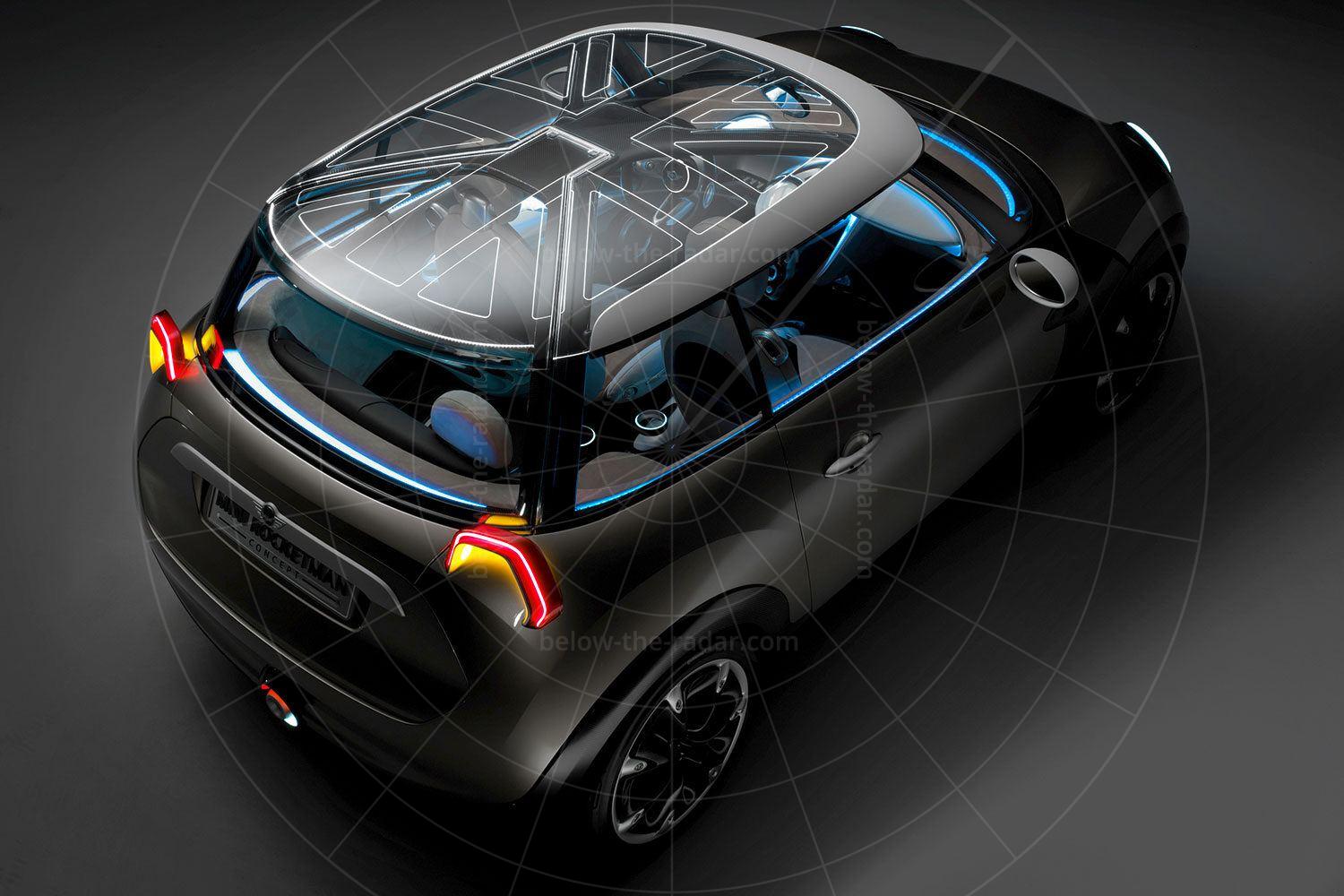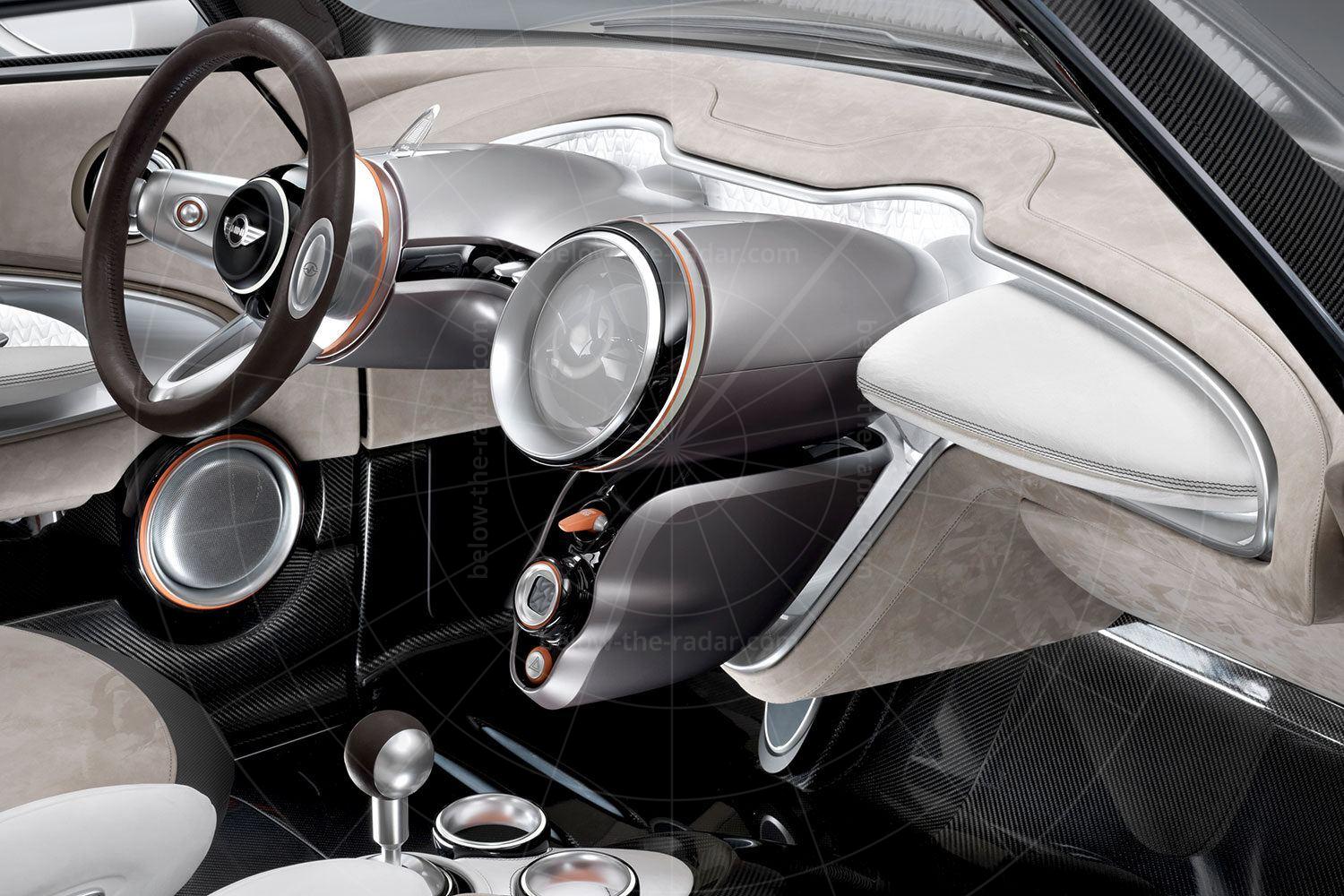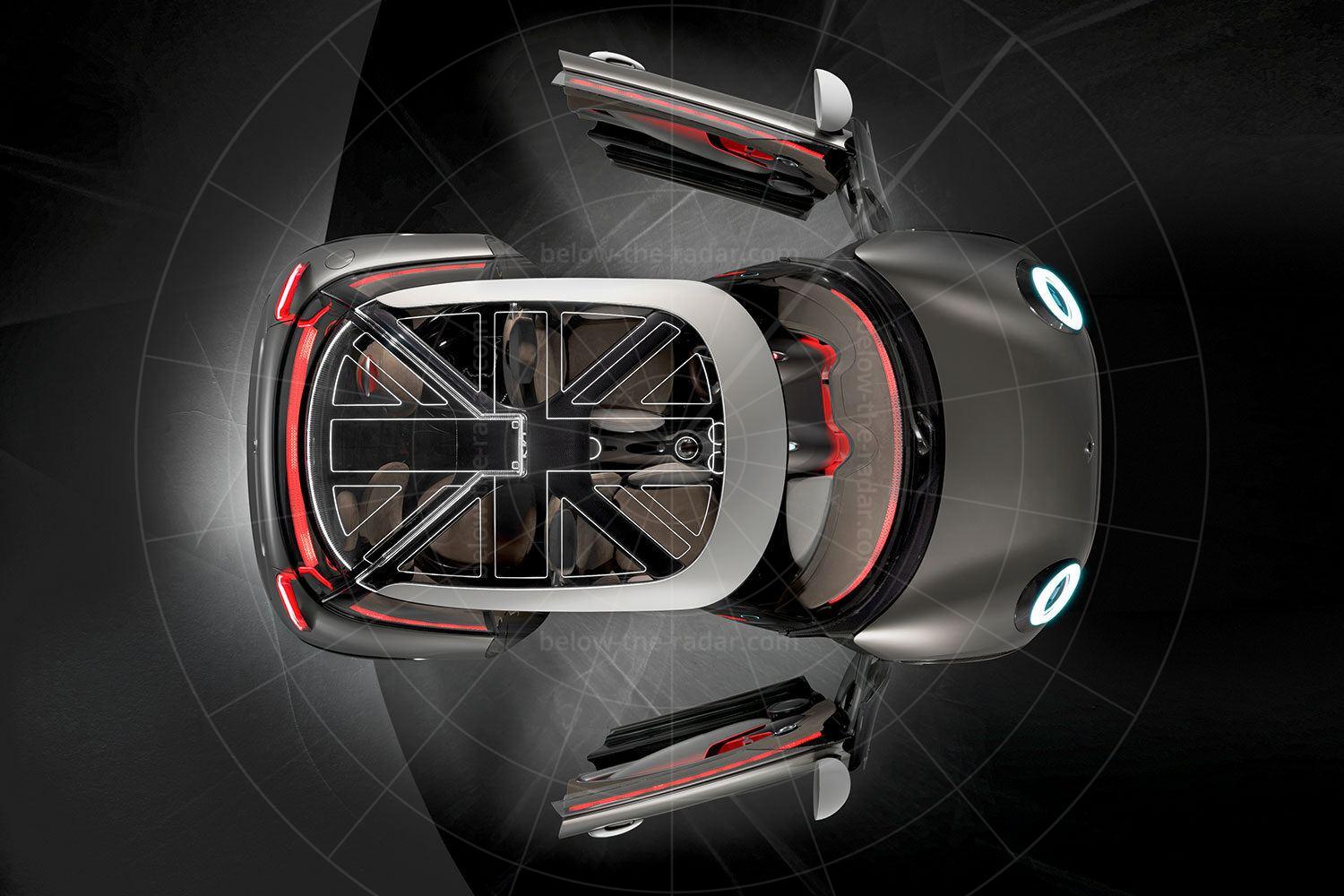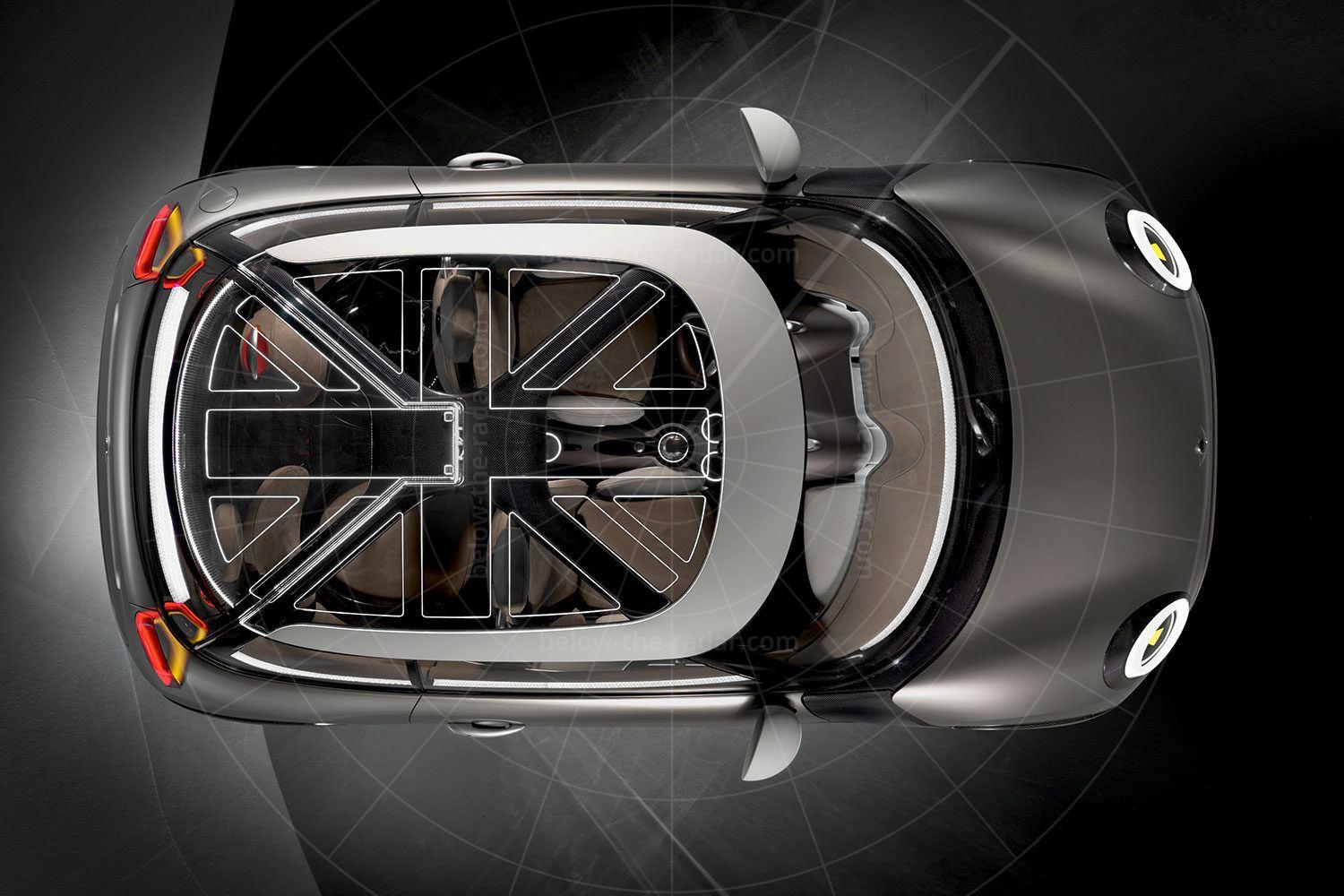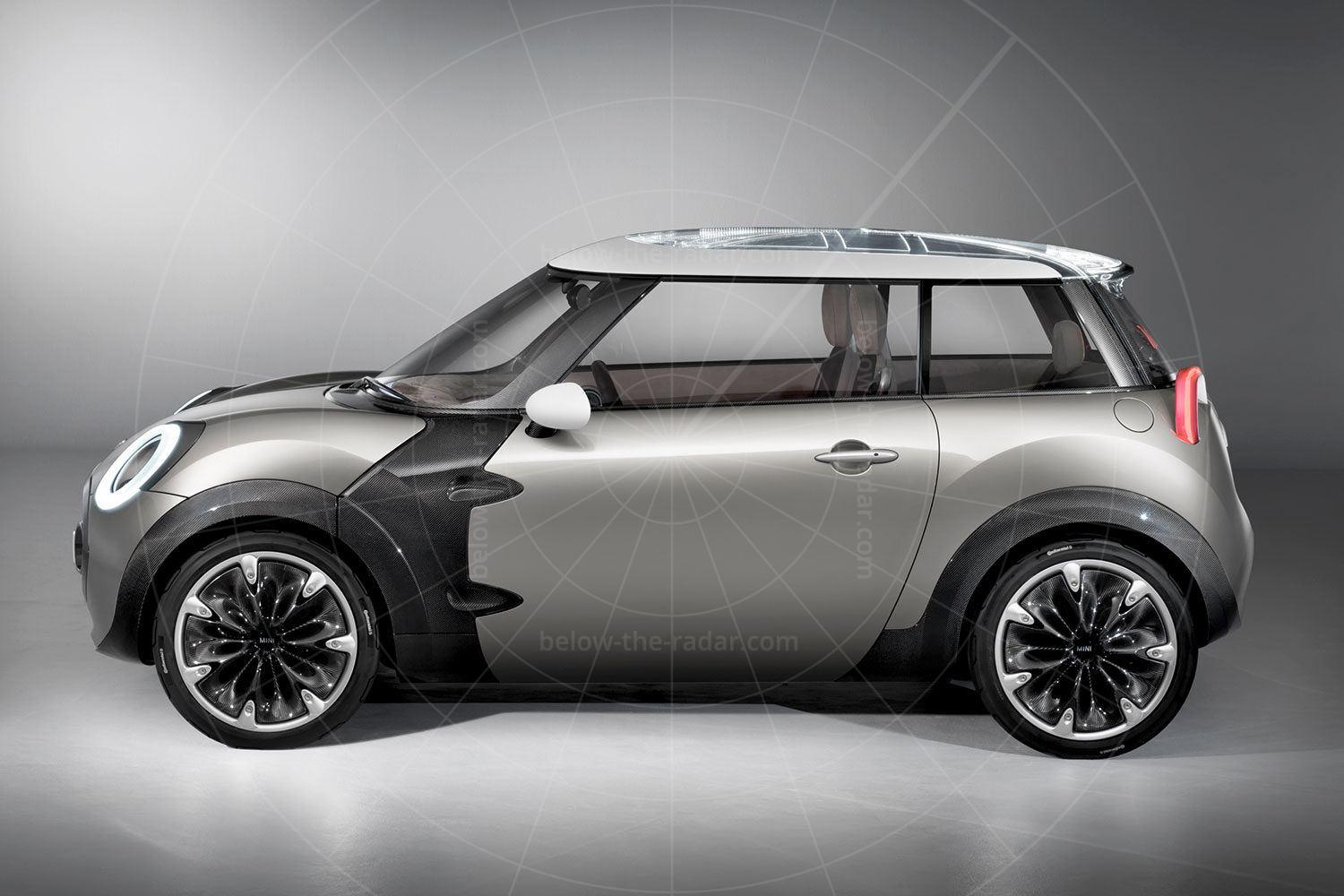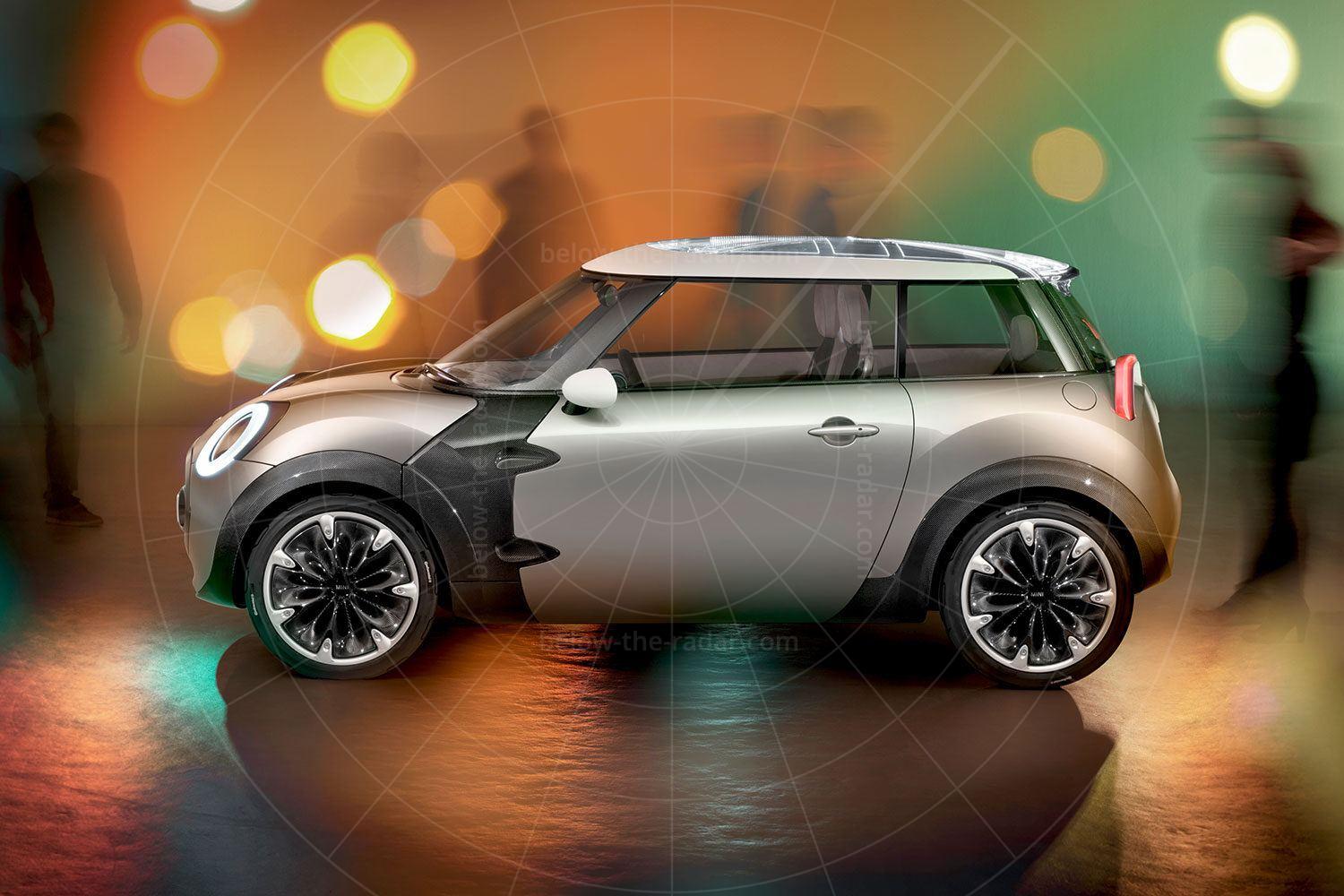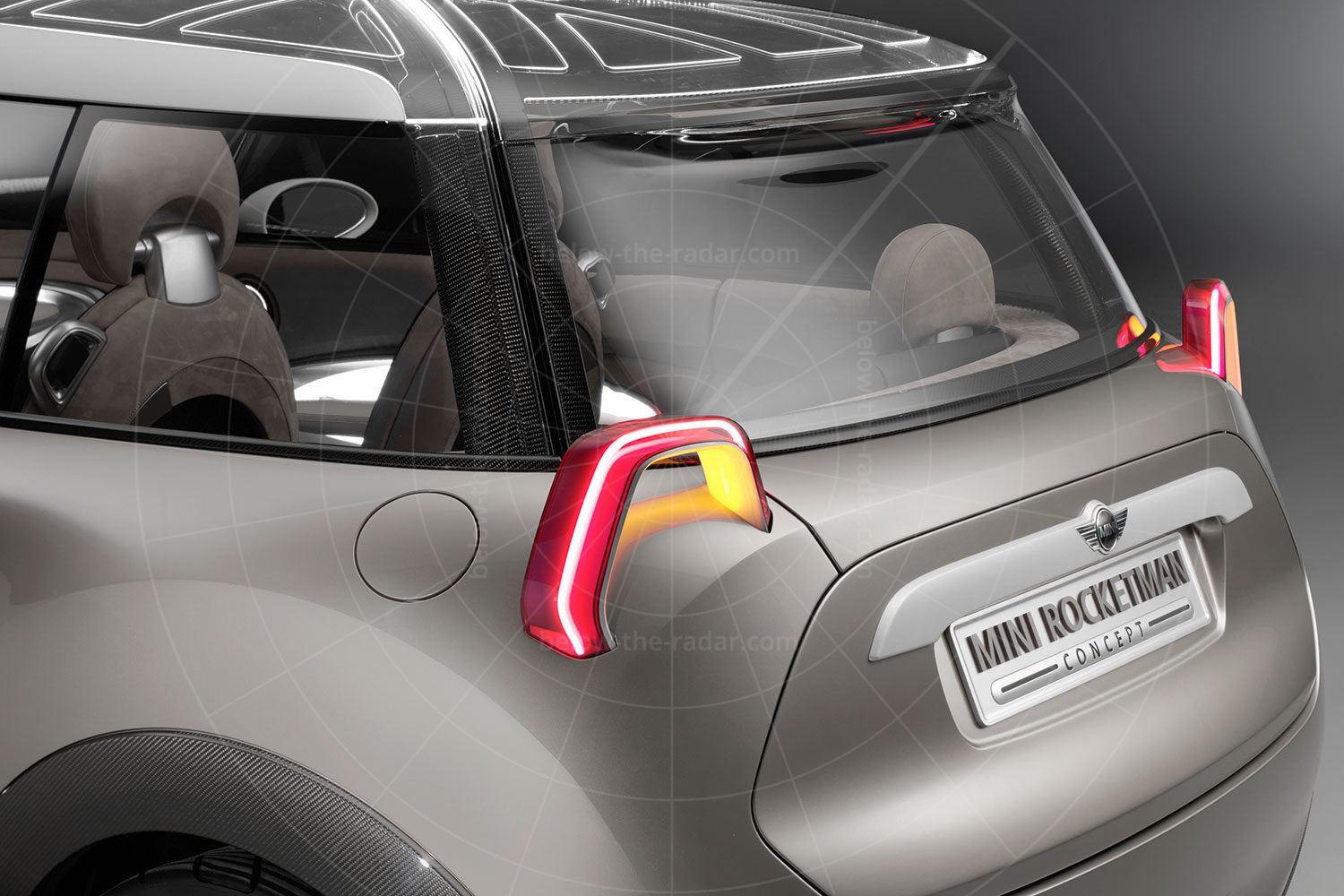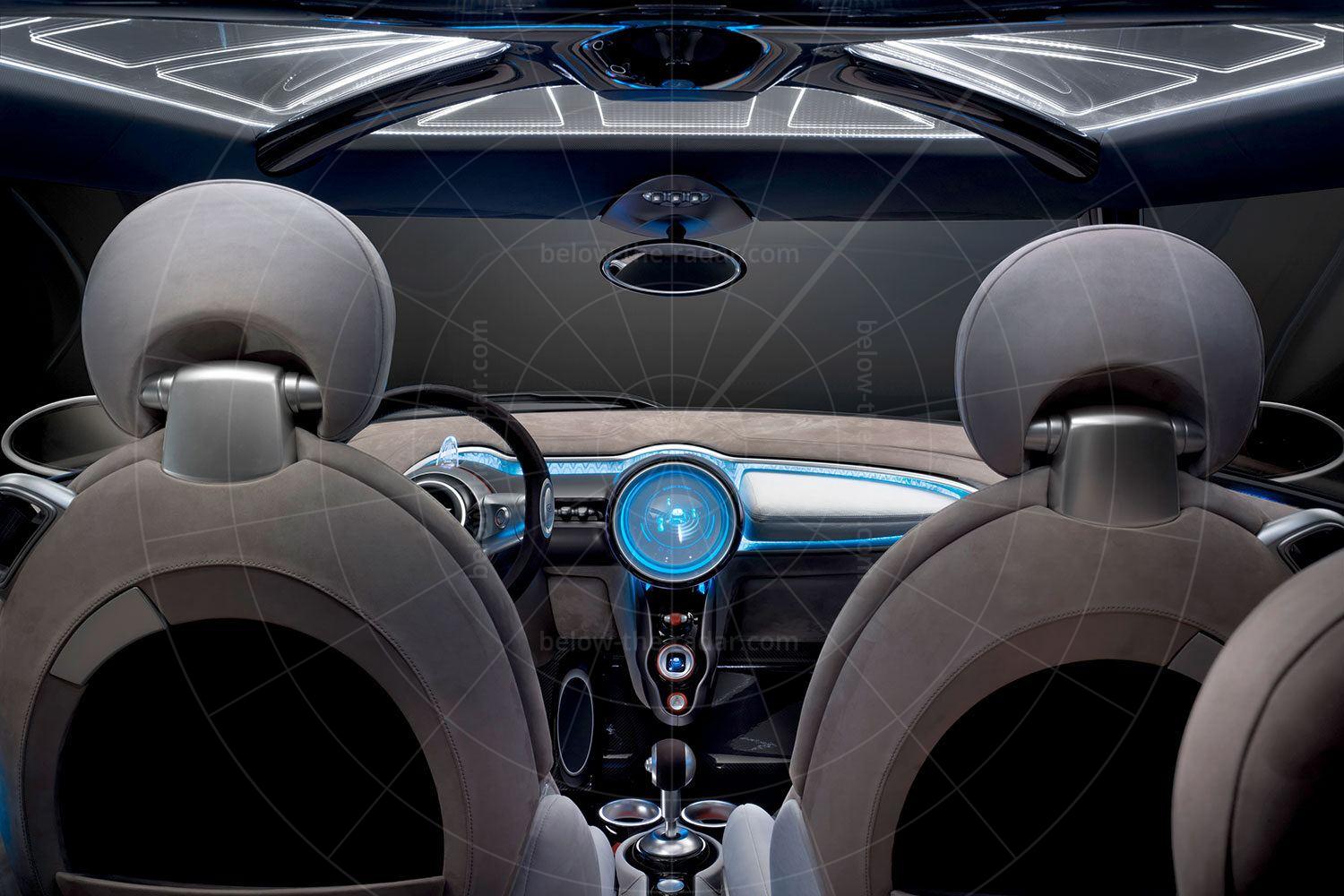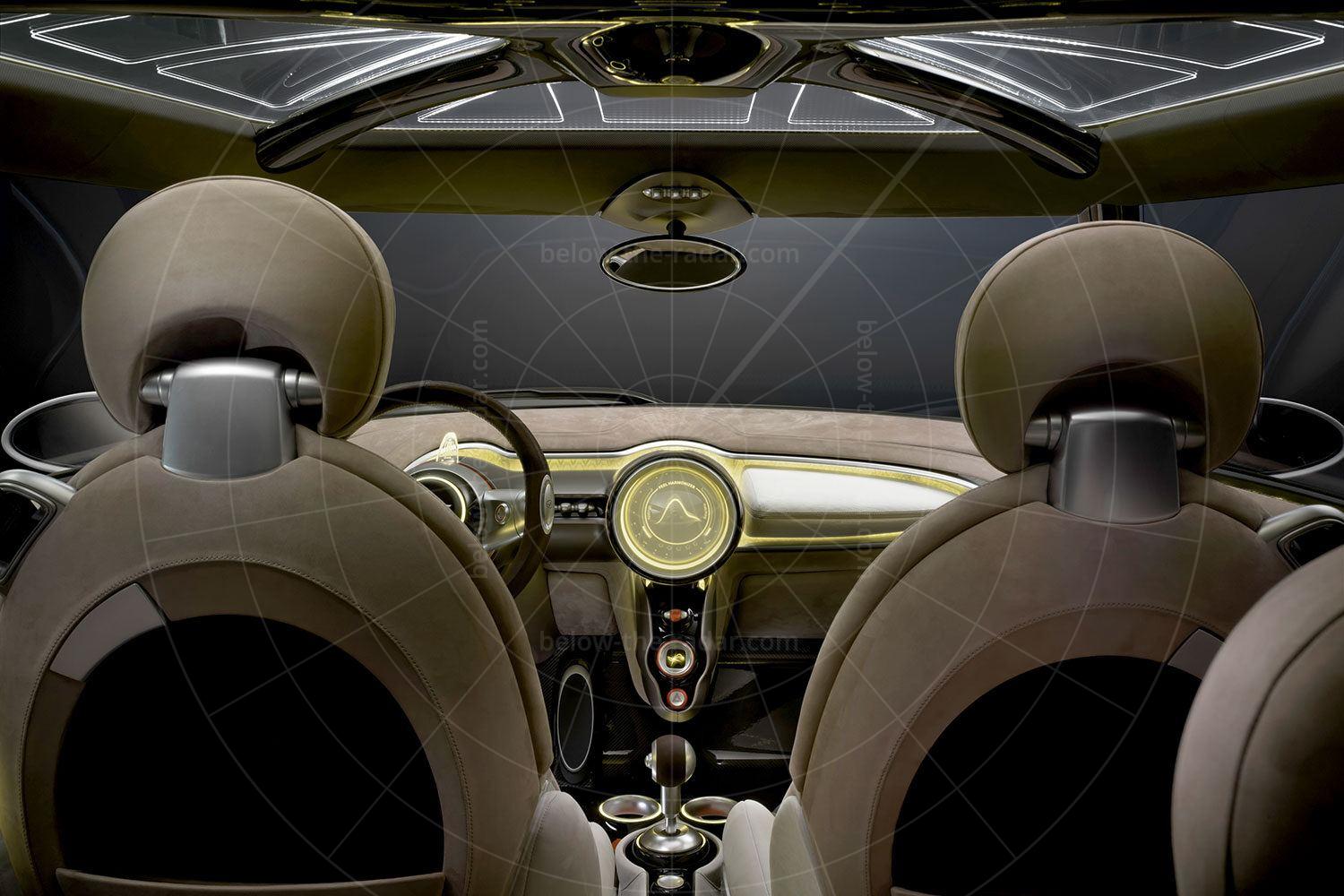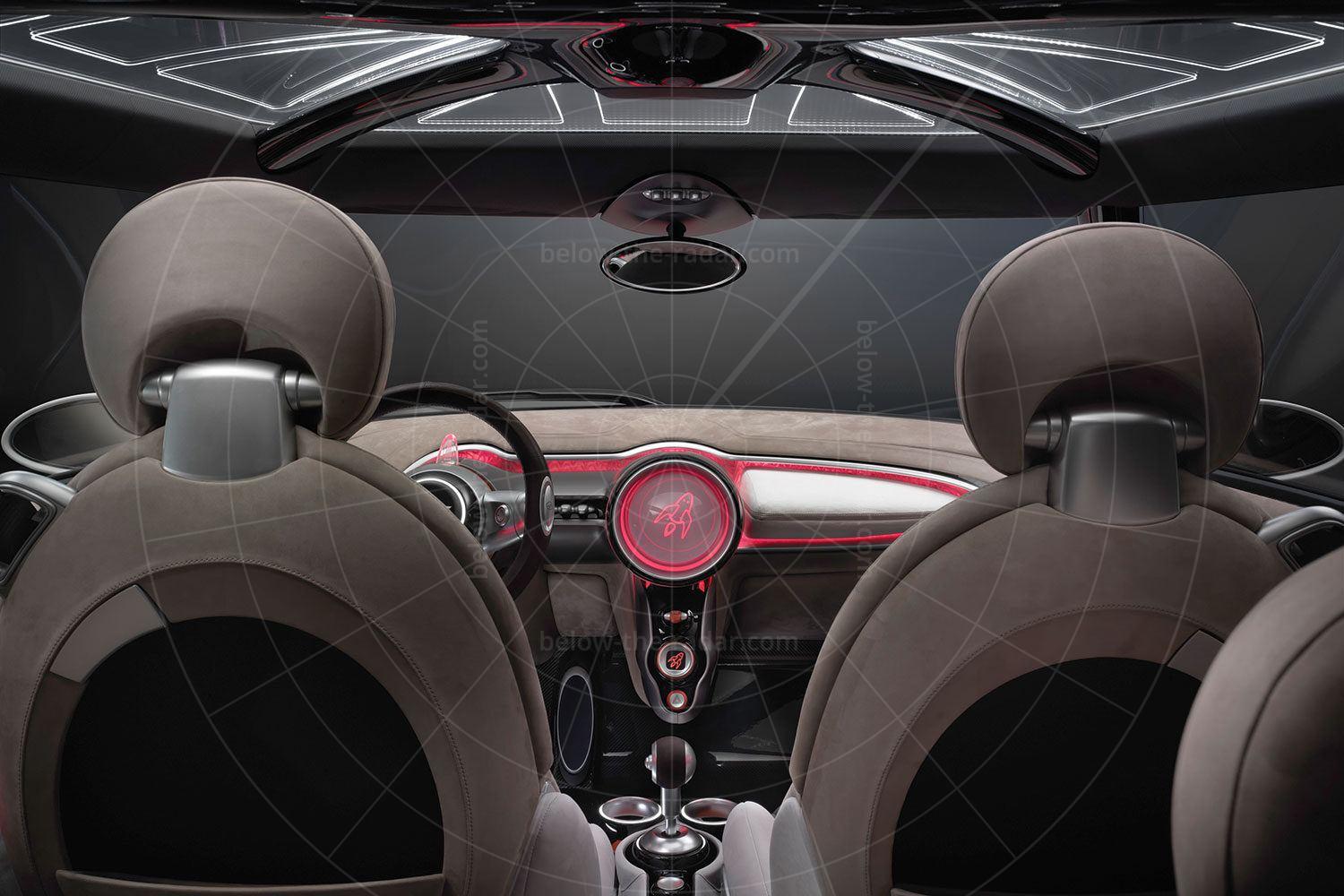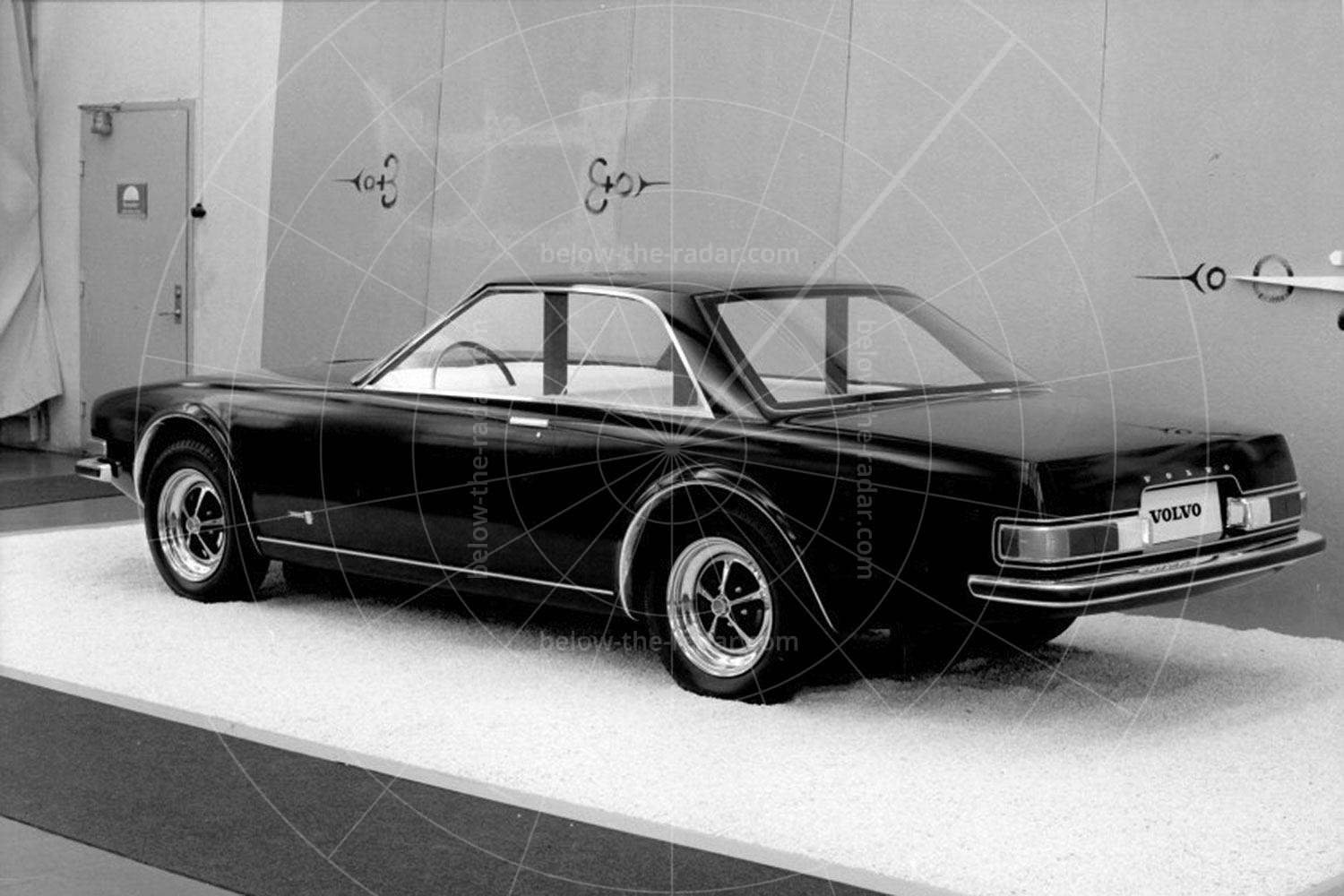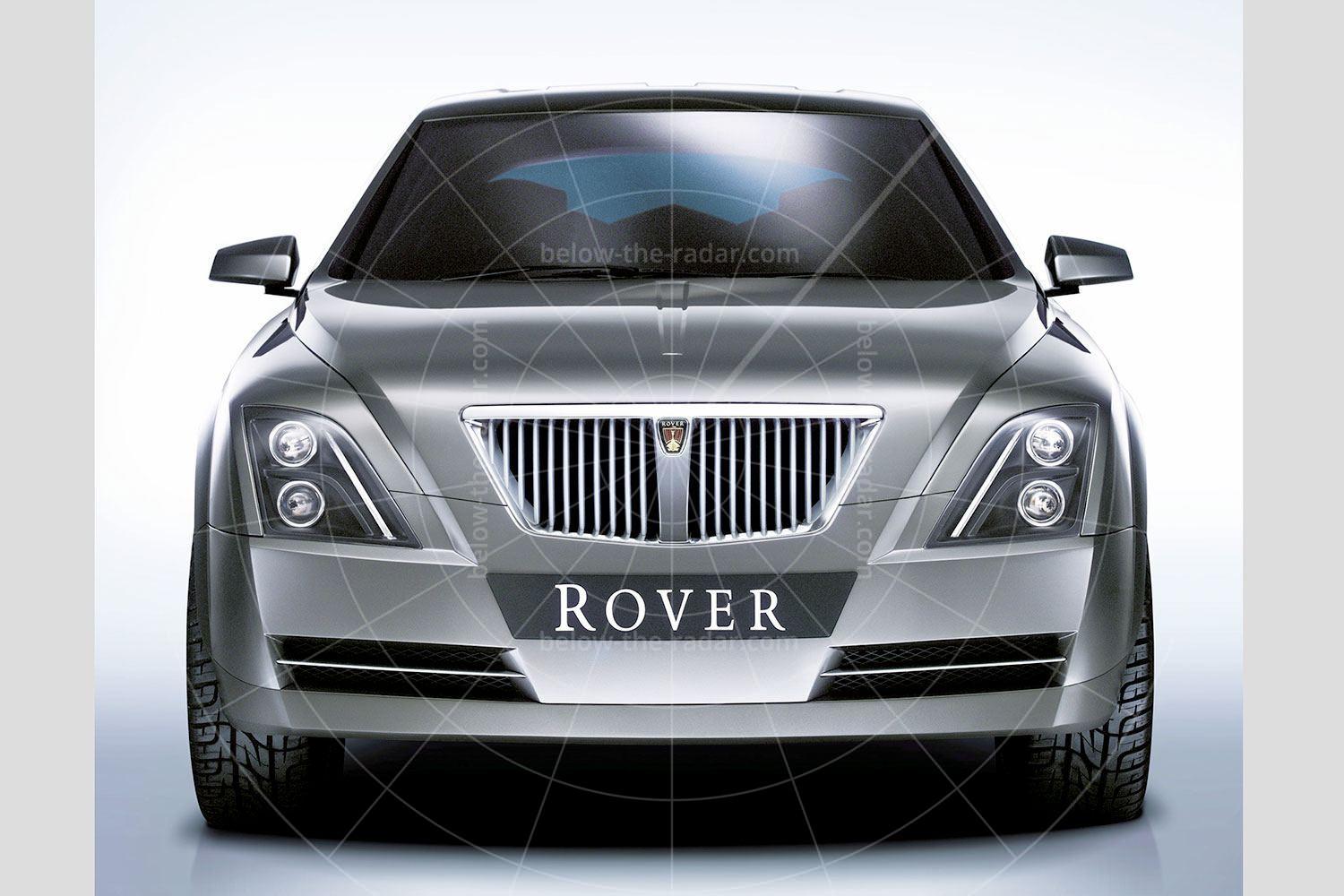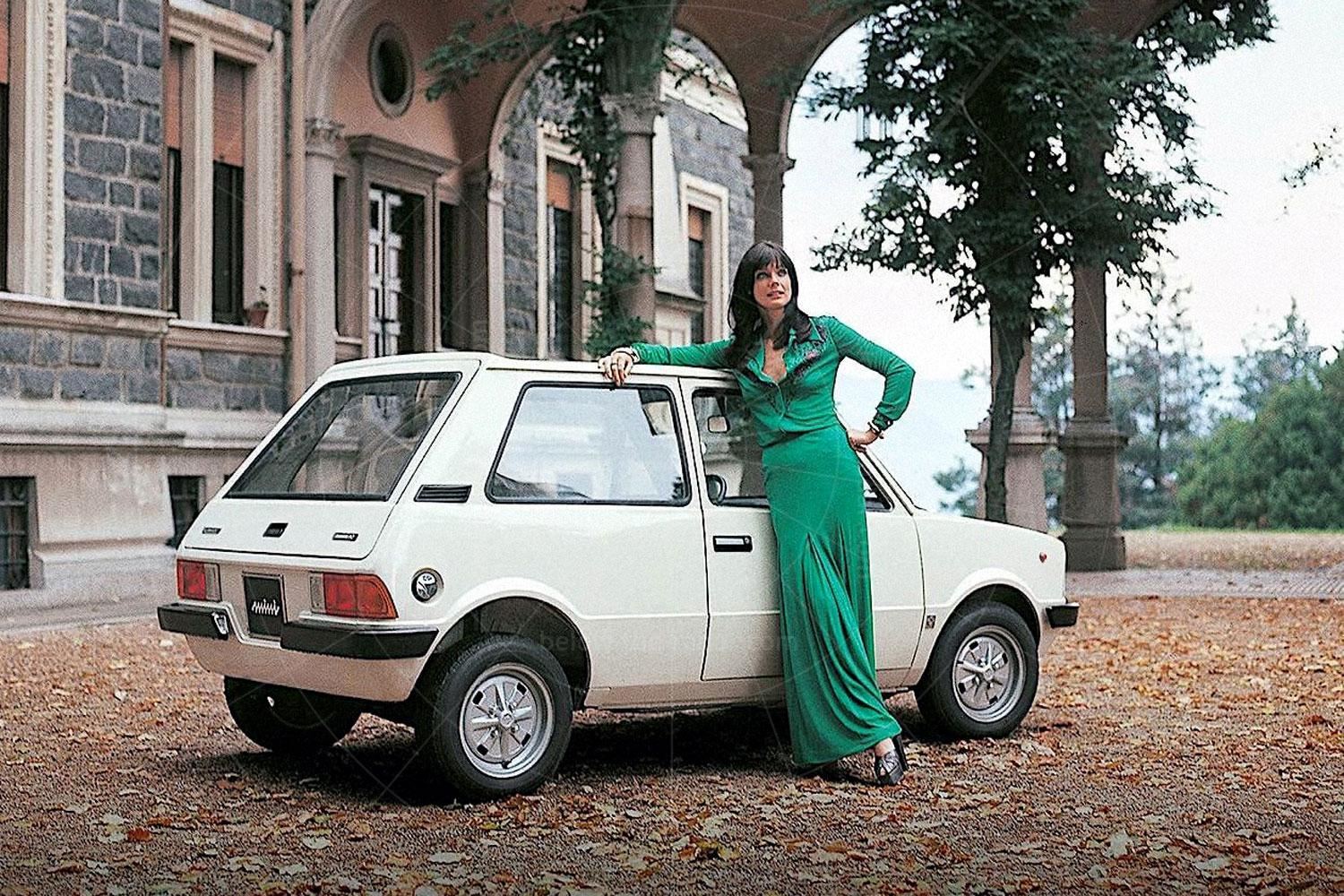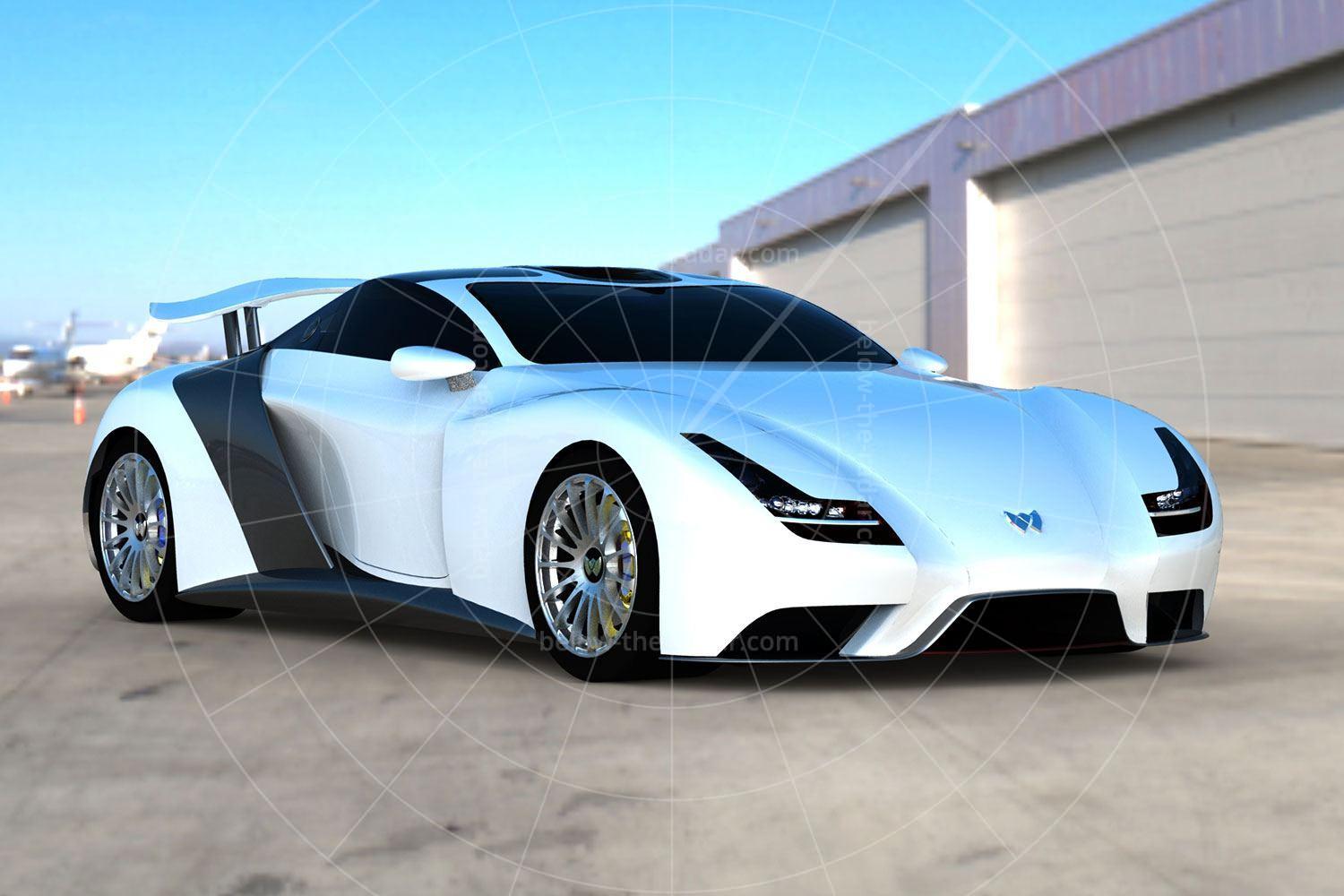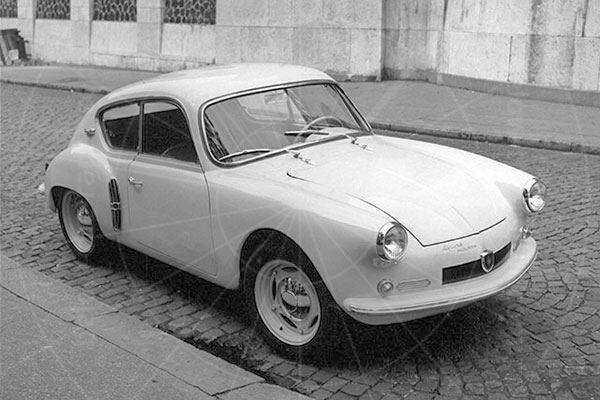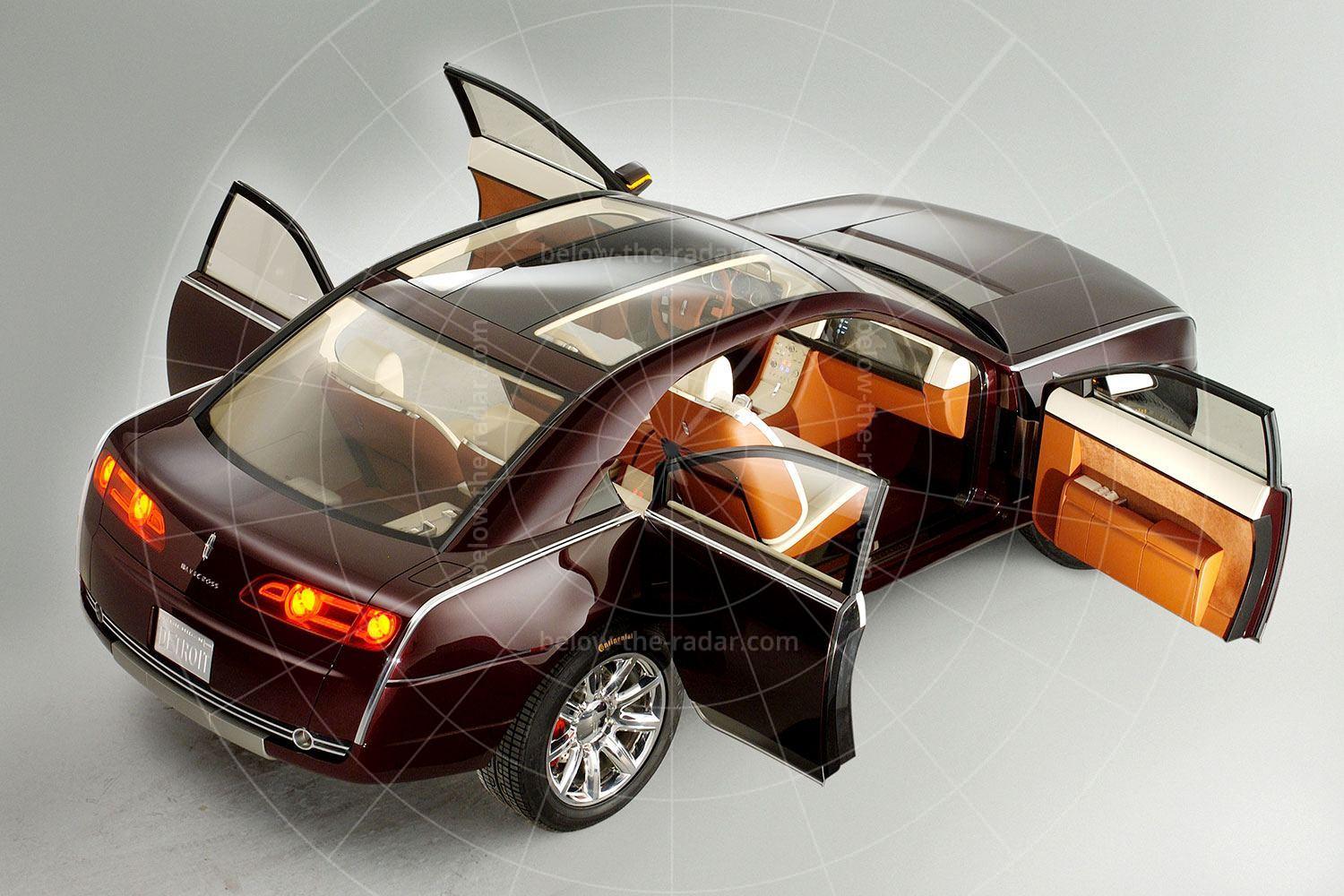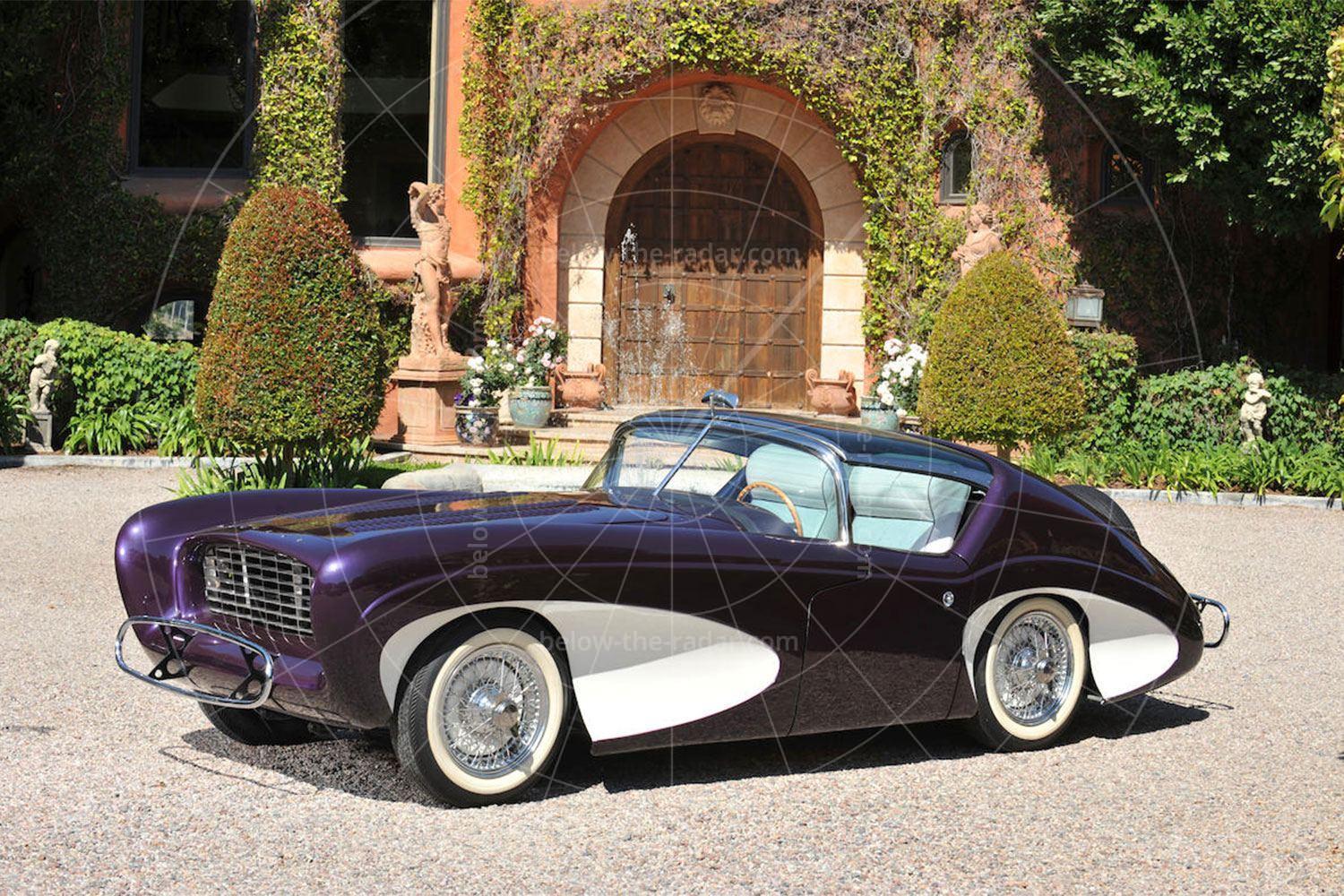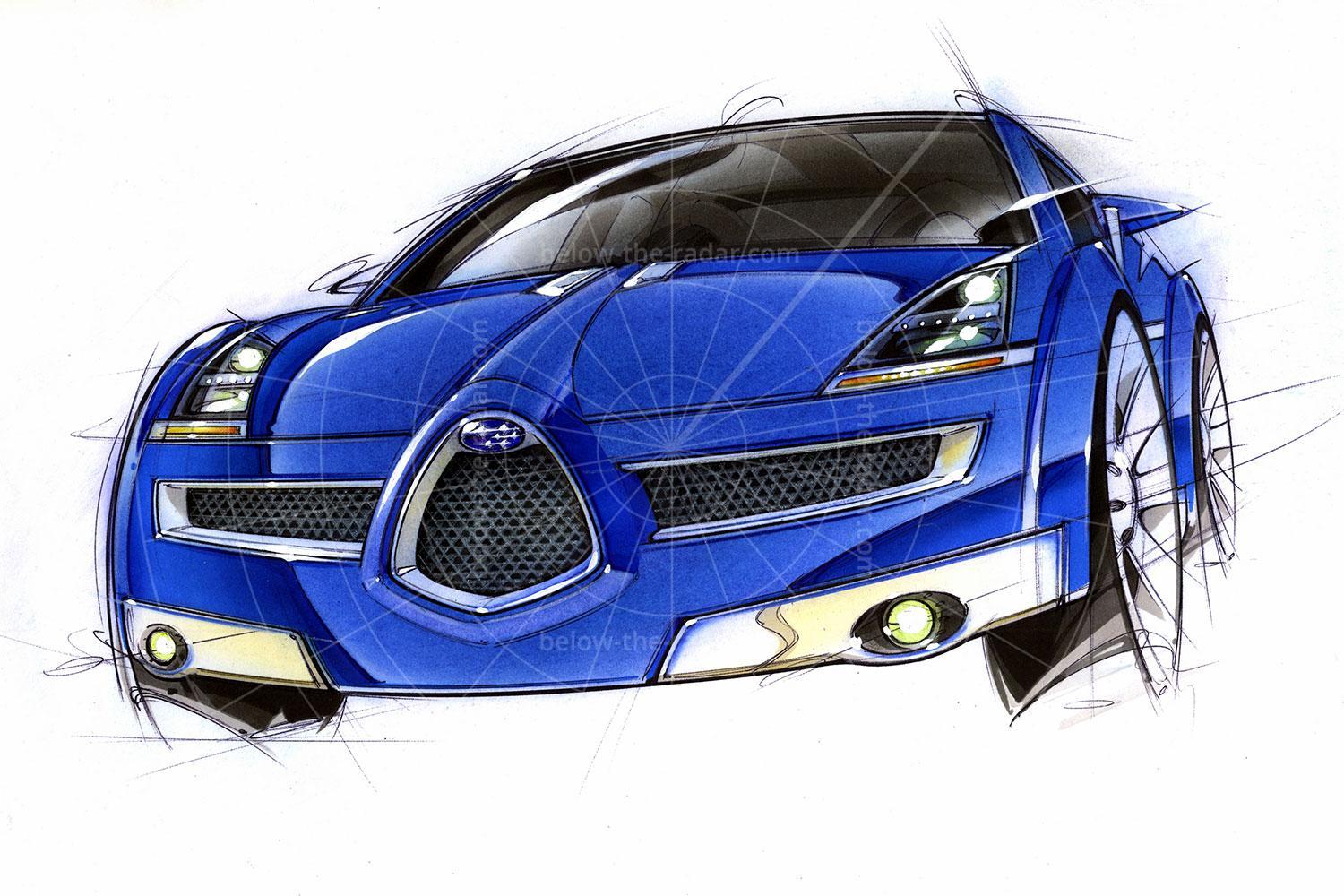When BMW introduced an all-new Mini in 2001, it went down a storm. But the original Mini of 1959 was a genuinely small car, brilliantly packaged and amazingly efficient. The new Mini was none of these things; it was big and – in the eyes of many – rather bloated, and as a result it was undeserving of the Mini tag. Indeed, there were some who felt it should have been called the Maxi instead. However, bearing in mind the appalling reputation of the 1970s Austin of the same name, BMW naming its new not-so-small car the Maxi would have been seen as something of a marketing faux pas…
As it was, BMW churned out hundreds of thousands of copies of its new Mini, before introducing an all-new model in 2006 that looked just like its predecessor. It was just as big and just as unimpressive with its interior packaging, although buyers still couldn’t get enough, thanks to great build quality, brilliant dynamics and a rock-solid image.
What was really needed though was a genuinely small Mini once again. During the decade that passed between BMW’s introduction of its original Mini and the arrival of the Rocketman concept, the automotive landscape had changed immeasurably; a whole army of pretenders to the throne had appeared, threatening the Mini’s dominance. What was needed was a genuinely small Mini that still offered a premium driving experience, safety and style – and that’s exactly what the Rocketman was intended to provide.
The most obvious thing about the Rocketman was its diminutive proportions. At just 3.4 metres long, it was a mere 40cm longer than the original Mini, which offered none of the crash protection or refinement of the newer car. The Rocketman also featured a far more high-tech construction, as its basis was a carbonfibre monocoque which was exposed between each door and front wheel. By using carbonfibre the car’s weight could be kept down while its strength would also be immense – but it would be a very costly way of making a car for the masses, which is why it was never going to make production in such a form.
BMW unveiled the Rocketman to shout about its design features, much more than its technological ones. Which was a shame because this was a concept that was just crying out for a cutting-edge powertrain utilising hybrid or electric power, or a latest-generation diesel engine. While Mini had embraced electric power for its production model, with the well-received Mini E, such technology was still seen as only for a small part of the market. What was more likely to power the Rocketman was a high-tech three-cylinder turbodiesel engine that offered performance with economy.
What was never in doubt was that the power would be sent to the front wheels; such a small car was reliant on the tightest possible packaging to free up the maximum amount of cabin space. However, if BMW opted for a petrol/electric hybrid powertrain, it’s possible that the engine may have powered the front wheels while an electric motor (or possibly one per wheel) would feed the power to the back, to give a part-time four-wheel drive transmission.
While BMW kept quiet about the Rocketman’s motive power, it was quite happy to reveal details of an array of new control systems that made the driver’s life easier. These included a trackball on the multi-function steering wheel, which allowed the driver to control the car’s major functions without having to move their hands to the centre console. Which is all very neat, but no mention was made of what happened when the passenger wanted to adjust the settings…
While the Rocketman’s exterior design referenced the production BMW Mini more than the Issigonis original, the faux exposed door hinges came straight from the 1959 masterpiece. It was all new after that though, especially the complex doors which were double-hinged so they opened away from the bodyshell, taking sections of the sill with them for easier entry and exit.
Such an expensive solution was never going to see the light of day, and neither were the hooped LED rear lights which looked superb if a little fragile. However, the front lights which incorporated LED technology were destined to become a part of the third-generation production Mini.
The Rocketman’s cabin was also seriously neat, because while it was rather compact (perhaps a bit too much for comfort), it appeared bigger than it really was. This was partly down to the seat and dash design, but also because there was so much glass in evidence. Not only were the various pillars all very slender, but there was also a glass roof – etched with the Union Jack for an added dash of patriotism.
However, while the original Mini could seat four (or even five) in relative comfort, the Rocketman was really just a three-seater, although a fourth person could be squeezed in if the journey wasn’t too long and the extra passenger wasn’t very big.
For a little extra practicality there was a top-hinged tailgate, but unlike most hatchbacks it ended at the base of the window. Below this there was a drawer rather than a conventional load bay, and for carrying bulky items the drawer could be left out while the car was driven – something that was a direct reference to the original Mini’s bottom-hinged boot lid which could be left down for driving, thanks to its hinged number plate.
| Vital statistics | |
|---|---|
| Debut | Geneva 2011 |
| Design director | Anders Warming |
| Engine | Front-mounted, probably a three-cylinder turbodiesel |
| Transmission | Likely to be a semi-auto or sequential manual, front-wheel drive |

